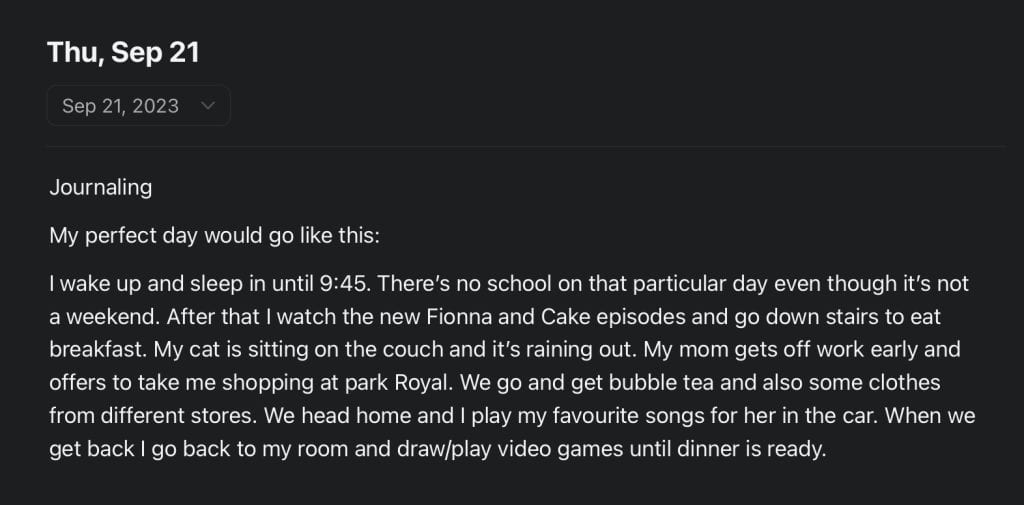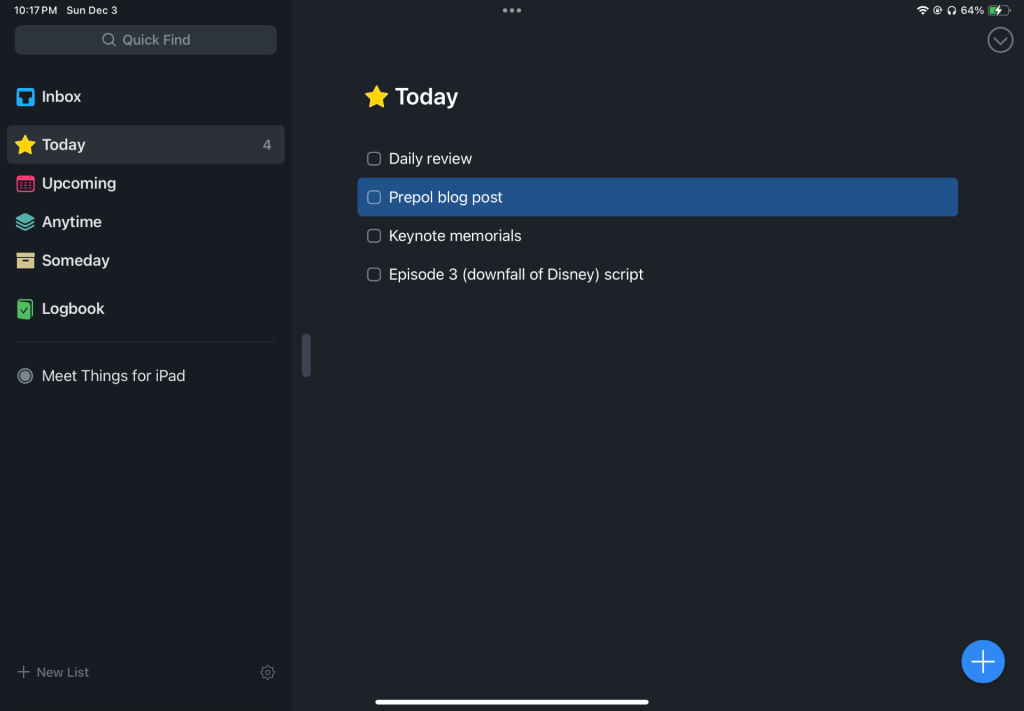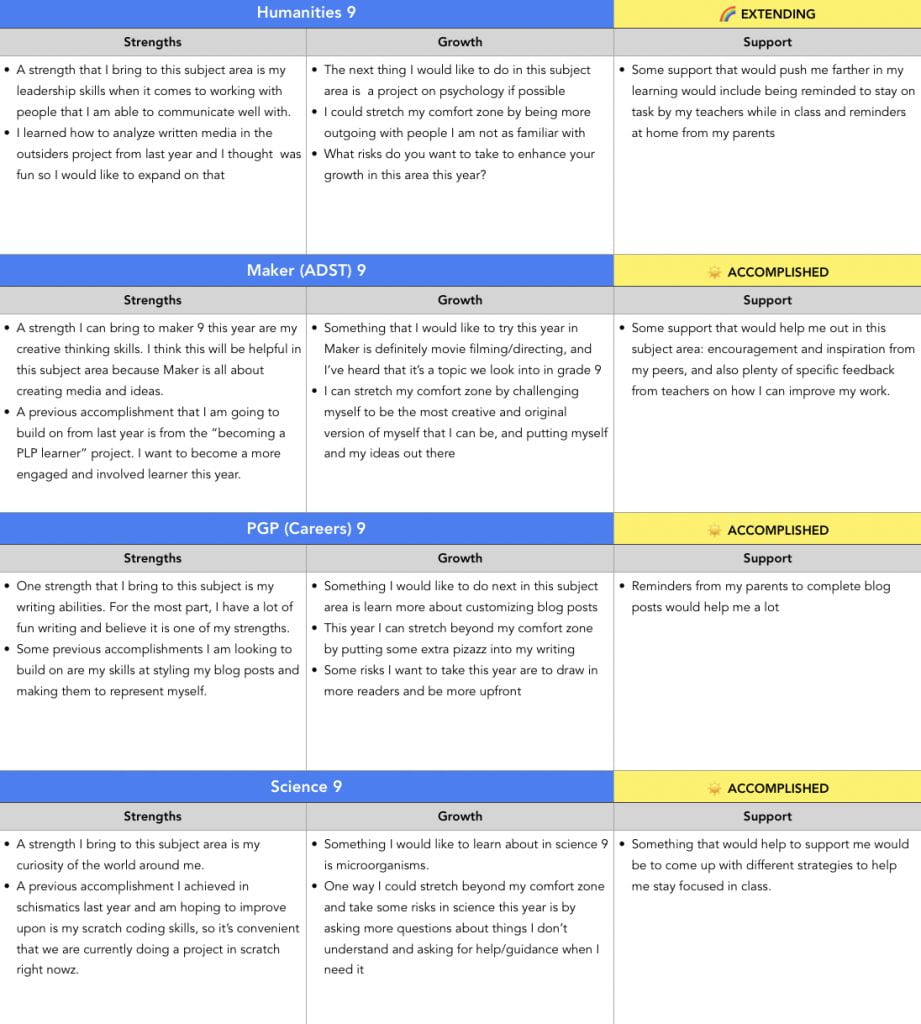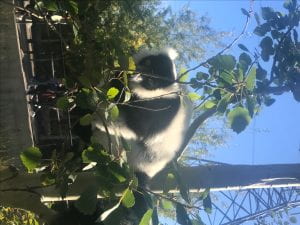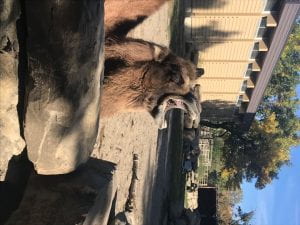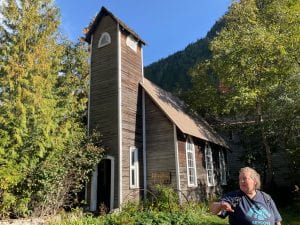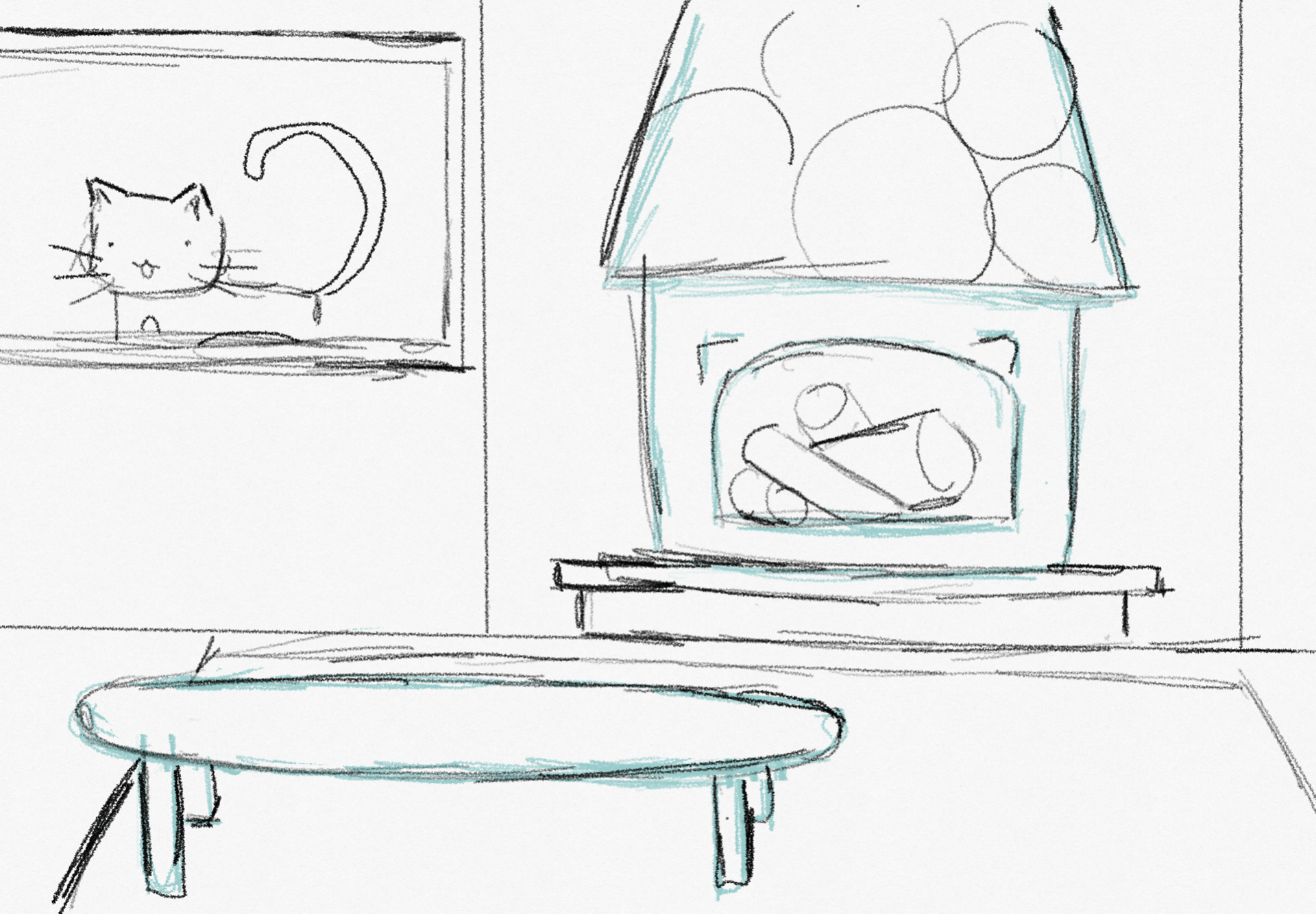Crazy? I was crazy once. Are you crazy? What does it take to be crazy anyways? What does being crazy even mean at all? These are the questions that we answered in our latest project, based off the 1997 apple crazy ones campaign. Our driving question for this project was “why does it take a crazy person to change the world?”. We went all the way to Seattle in order to answer it for our final Pecha Kuchas, and I think my group succeeded in this task.
Our theme for our presentation was “think different”, it was basically all about the Apple crazy ones. I specifically talked about Dale Chihuly for our presentation. I chose to talk about him because as an artist I am very inspired by his work, and seeing it in person was my favourite part of the Seattle trip. The actual Pecha Kucha night was a bit rocky; lots of groups presented their learning effectively, but there were some people who seemed to have forgotten their lines/didn’t know what to say. On top of this we overestimated how much time was needed per presentation, and there was definitely a lack of parents that showed up. There was plenty of empty seats. Despite the slight chaos, I still think it went quite well. We could have improved upon our presentations if we were given maybe a few extra days to practice our scripts and cement them in our brains I do think it would have gone much better.

Despite my complaints (I apologize for how many there are) there were definitely some things that I thought went well too. Plenty of groups did very well in presenting their topics. My personal favourite was Brooke and Logan’s presentation. Props to Logan for overcoming your fear of public speaking – you did great up there!
Something I think my group specifically could have done better was even participation of all group members. Chris was left doing 8 slides while I did 2, and I think this was a bit unfair on him. I think that the organization of our sideshow and sides was well done, with most if not all of them being comprehensive and matching the theme of the topic being spoken on.
I contributed to the group effort by adding the pictures and some of the drawings to the slides. I stayed up late working on them to improve our slideshow overall, and worked with my group to get their feedback on any work I did. I also supplied and took most of the photos used in our slideshow.
The field study helped me learn through the displays we saw that had loads of knowledge I wouldn’t have had access to without the study. For example, almost all the the things I knew about Dale Chihuly I would not have been able to learn about if I was not able to make my notes in the Dale Chihuly Gardens and Glass museum when the video presentation was playing about his life and methods. There was also text next to the art installations that contributed to my script, here’s a few of them:



Honestly the teachers say you’ll learn just as much without going on the trips, but it is definitely untrue. All these things I learned would not have been made possible without the Seattle field study.
Finally, after all that yapping about what I learned and what I didn’t…here are my highlights and lowlights of the Seattle field study.
Highlight: the Dale Chihuly Gardens and Glass Museum of course! This was definitely up there with the MoPOP as one of my favourite parts of this whole trip. Nothing went wrong throughout the whole visit (unlike with the MoPOP, but we’ll get there in a moment…), and all the art was absolutely stunning. My favourite part of this whole installation was definitely Dale Chihuly’s chandelier paintings, and next to that as my second favourite it’s definitely his ocean inspired glass sculpture. His art is a just so unique and beautiful, here are some pictures (although they could never do the real thing justice).








Highlight: the MoPOP. The Museum of Pop Culture was absolutely amazing to visit. Seeing the terminator prop in real life was wild, along with all the other things we saw there. I got to play some guitar in the musical exhibits, although I am kind of disappointed that I didn’t get to watch Kadin go absolutely crazy in the private jamming rooms on one of the drum sets. I still have a video of it though, so I can’t say missing that ruined my MoPOP experience. What DID ruin my MoPOP experience was dropping my phone in the toilet (don’t worry, I managed to get it clean and save it). Here are some photos of my favourite things I saw in the MoPOP:




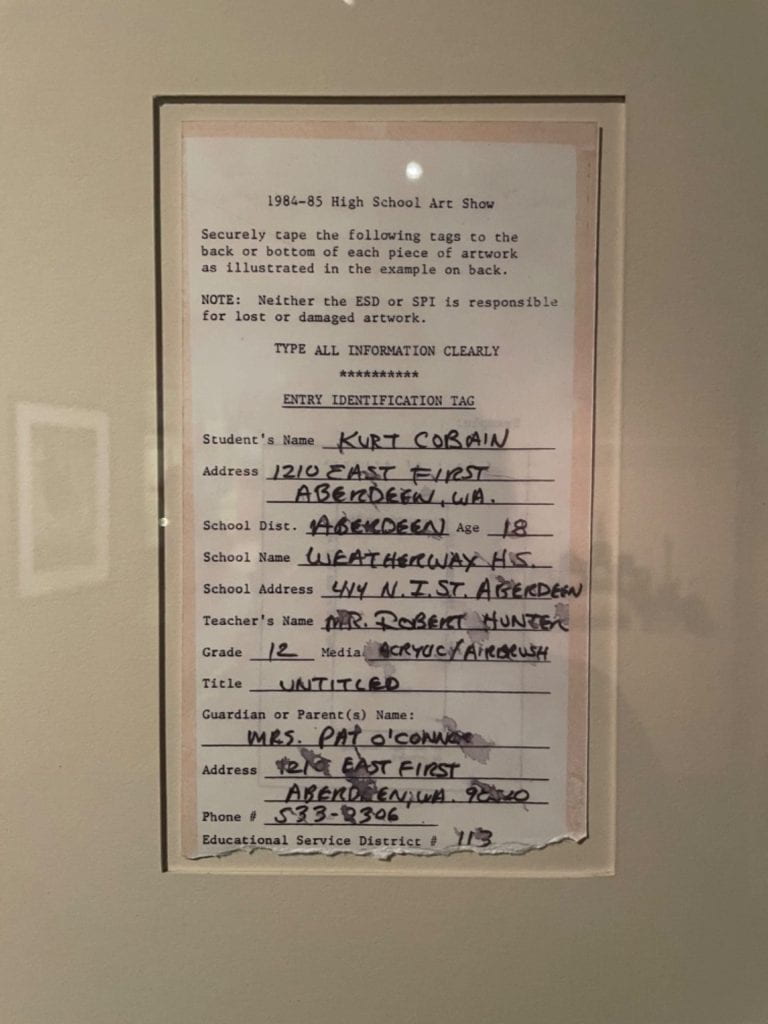





Lowlight: One of my least favourite parts of the Seattle trip was getting across the border. Since Caden (british) didn’t have all the right paperwork, we had to wait an extra 20 minutes for him to sort it all out.
Lowlight: Madame Web.
Links to my group members blogs: Christian Lo, Jupiter noonan, Callum Rees
 2023-24:
2023-24:


